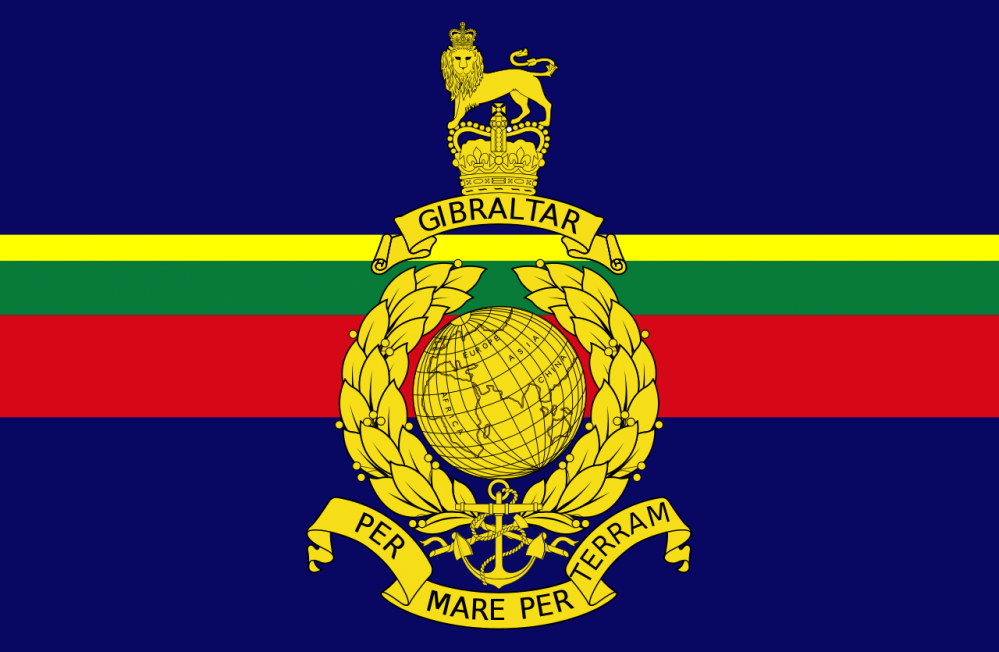
Per Mare Per Terram
The French Revolution and Boney's Wars
During the French Revolutionary Wars and Napoleonic Wars, you have Nelson’s great battles such as The Nile, Copenhagen, and Trafalgar and in all these battles and many of the landings that occurred throughout you would find Marines. Copenhagen is also the 95th (Rifles) premiere where they acted as Marines to add their accuracy to the rapidity of regular musket fire, but that’s for another day. There are three notable changes during this time; facings, headgear, and a new type of Marine.
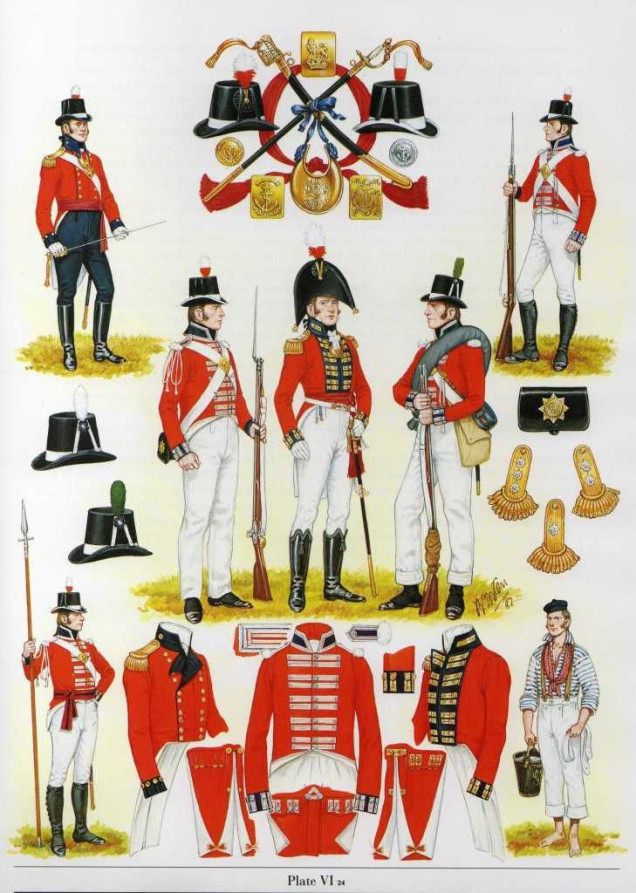 In 1802, His Magesty's Marine Forces were formally named The Royal Marines. The 'royal' epithet attached to any regiment grants them the right to have royal blue facings, and so the white was gone and in came the blue.
In 1802, His Magesty's Marine Forces were formally named The Royal Marines. The 'royal' epithet attached to any regiment grants them the right to have royal blue facings, and so the white was gone and in came the blue.Having blue facings was very much an honour in the army, due to the connection to royalty. In fact there are many extant regiments of the British Army that have royal connections in their names with many of them being carried over from antecedents. The second thing you will notice there is the hat. While I’m not entirely sure when this particular hat came into use, it is very distinct to the Royal Marines of this time and I can find evidence to suggest that it was not in use in, definitely, the early years of the French Revolution. I would summise that when the army changed to shakoes, the Royal Marines switched to these dapper top hats quite possibly for practicality of maintenance at sea, but I don’t know for sure. The hats do have a hackle on them (the fluffy bit sticking out the side) and those were in the traditional Battlaion colours of white over red.
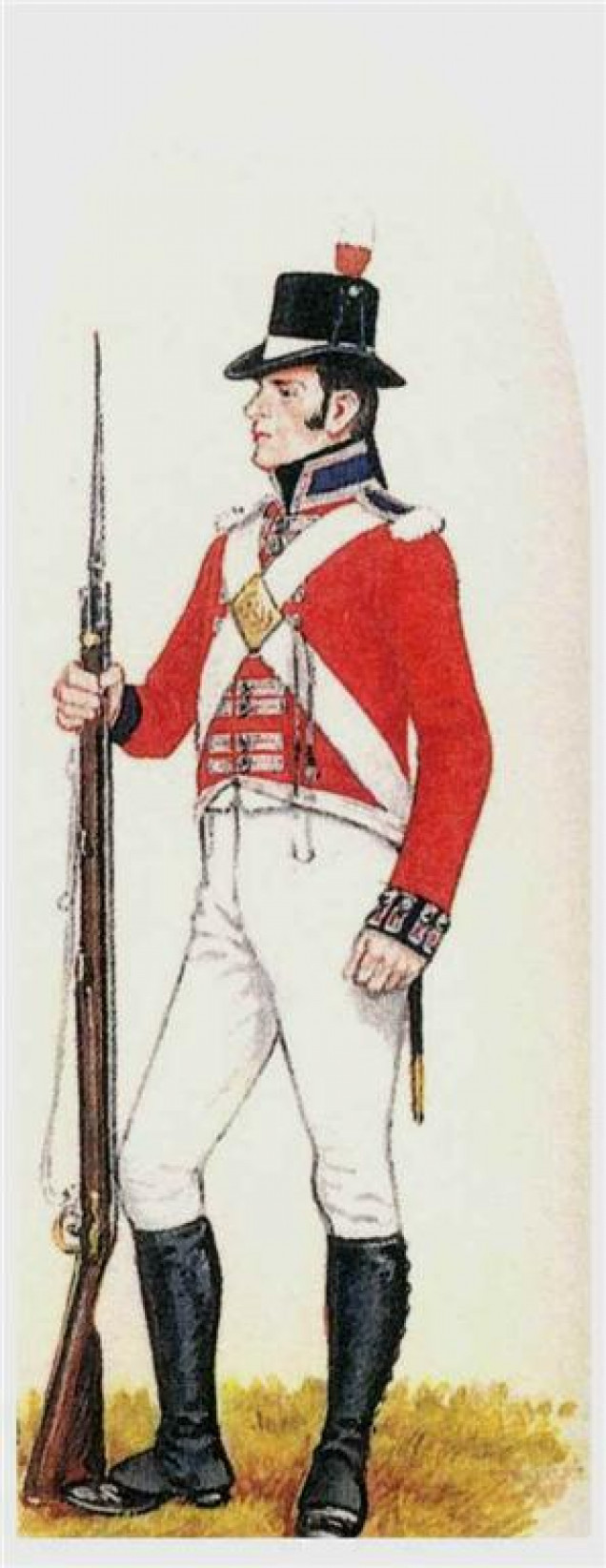 The Marines also had their own pattern of musket at this time, but for all intents and purposes of model scales, they are identical, so we don't have to worry about that.
The Marines also had their own pattern of musket at this time, but for all intents and purposes of model scales, they are identical, so we don't have to worry about that.In 1804 the Royal Marine Artillery was formed, mainly to operate the heavy weapons on bomb ships, but were also trained in other types of gunnery. While the were initially supposed to wear the same uniform as the regular Marines, they quickly made attempts to switch to the traditional blue uniforms of the regular Royal Artillery and the Admiralty eventually relented when it became clear they were doing it anyway. As far as I am aware, they wore the same headgear as the ‘red’ Marines, however there is a lot of artwork surrounding their use on land during the War of 1812 to suggest that the ‘Belique’ pattern of shako was worn, but I’d say that for a model perspective it could easily be a headswap, or just leave them in the shakoes; quite useful, actually.
I think it is an important distinction, though, to say that the hackle may have remained the same white over red, which would serve to distinguish from the regular Royal Artillery, who had pure white hackles. Saying the word ‘hackles’ is fun, you should try it.
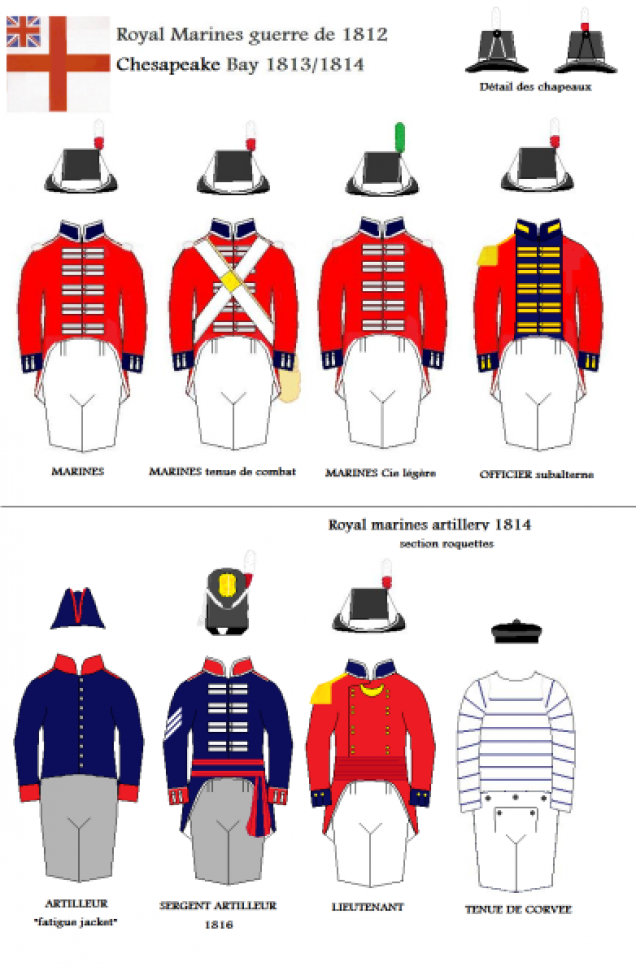 A nice general overview of the uniforms of the Napoleonic Wars. I wish the chap who drew these had an easy place you could find them all...even if they are all in French...
A nice general overview of the uniforms of the Napoleonic Wars. I wish the chap who drew these had an easy place you could find them all...even if they are all in French...Again, these chaps are best suited to smaller games, but there are times where they were used in force, quite often with large sections of the Ship’s Company. Particularly in the War of 1812, where most soldiers were tied up in the Peninsular War and other conflicts, Marines were often borrowed for other duties.
As for miniatures, these chaps pose the largest problem due to the hats, however there is a ‘conversion kit’ out there that works with almost any plastic Napoleonic Infantry. The sculpts have been know to move around companies, but for the moment you can find them here. I really ought to get my set at some point…
http://brigadegames.3dcartstores.com/BG-NBR313-Napoleonic-British-Marine-Heads-and-NBR040-British-Marine-Command-Figures_p_3319.html
With those little extras, though, you can easily build your own Marines, just remember that you won’t need the Ensigns (flags) from a regular regiment or the wings of the flank companies. You can save these to make a Light Infantry regiment and the spare Ensigns could be used to change around some other regiments you have painted (switch between the yellow faced 6th and 100th foot, for example). This does mean that Marines will cost a little extra, but due to the nature of marines, you would probably only need a single unit so it’s not so bad.




































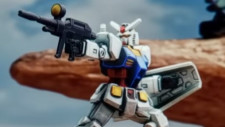






































For smaller scales, there are a few marines in 18mm by AB Miniatures.
https://www.eurekaminuk.com/collections/british-royal-navy